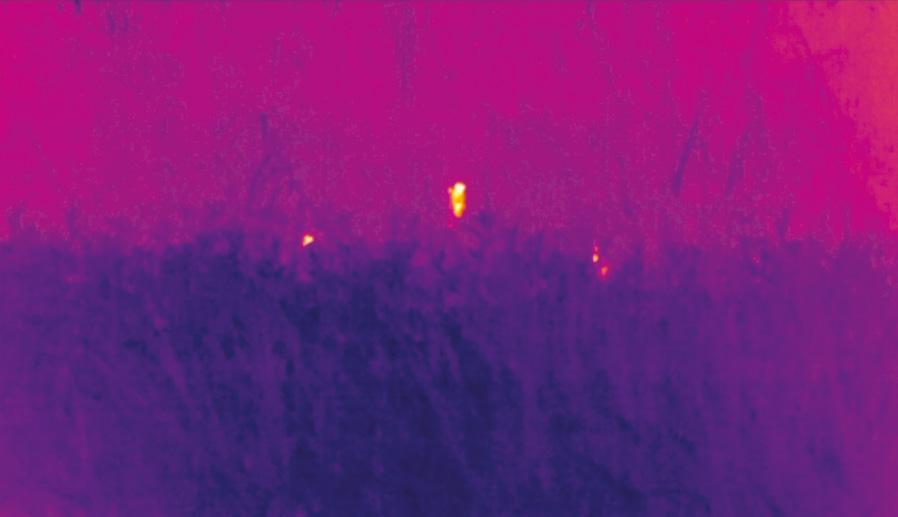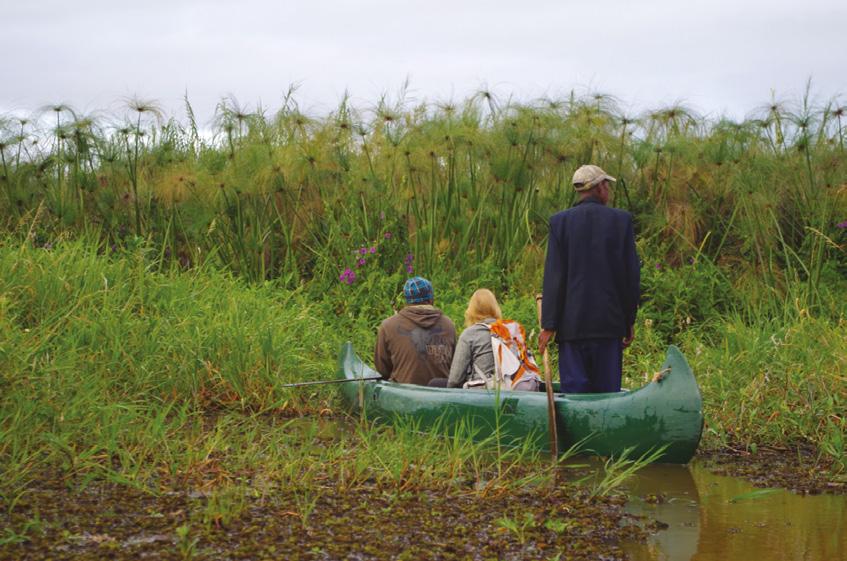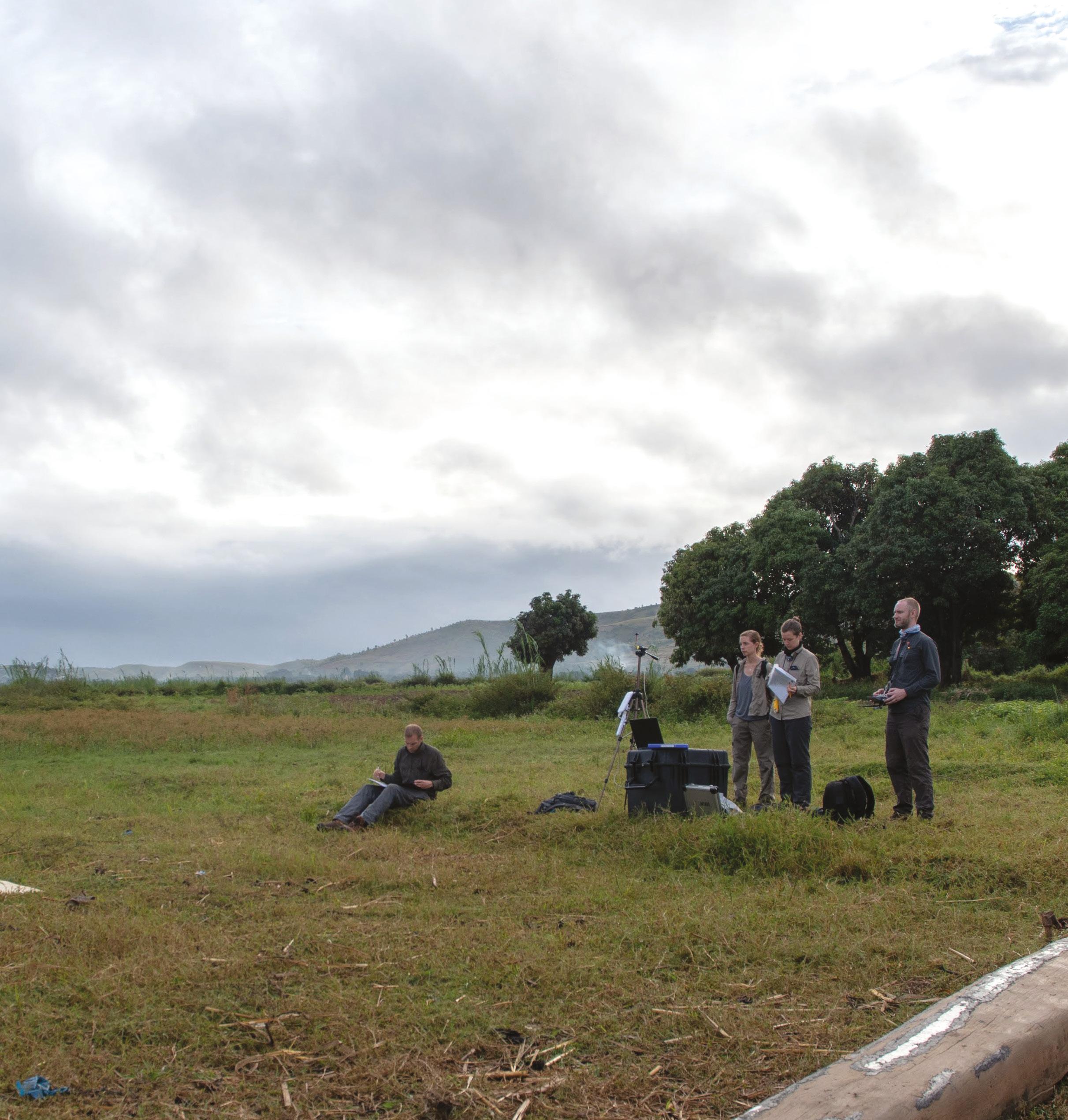
2 minute read
Drone monitoring eyes in the sky
Drone monitoring eyes in the sky
DR MIKE HUDSON CONSERVATION RESEARCH FELLOW
Advertisement
THERMAL OR INFRARED IMAGING IS THE PROCESS OF TAKING DIGITAL PICTURES WITH A SPECIALISED CAMERA, WHICH RECORDS INFRARED OR HEAT RADIATION AS OPPOSED TO VISIBLE LIGHT.
The critically endangered Alaotran gentle lemur is the only primate to live exclusively over water. Hidden in the marshes surrounding Madagascar’s largest lake, Lac Alaotra, the lemurs continue to be threatened by the illegal burning of its habitat for conversion to rice paddies. Until now, monitoring the population of this species has been conducted primarily by canoe. This meant that surveys were restricted to a small number of canals used by local fishermen. Our team of conservationists, alongside researchers from Liverpool John Moores University, visited Lac Alaotra earlier this year to trial the use of drone-based thermal infrared cameras as a new way of monitoring the lemurs. In short, the drone would fly over large areas of otherwise inaccessible marsh and detect the lemurs from their body heat. The results of the trial were promising, and we are pleased to have recently received a large research grant to continue the development of this system.


The Alaotran gentle lemur’s dark grey fur makes it particularly tricky to spot with the naked eye in the dense marsh. The thermal-infrared cameras make them much easier to detect, allowing us to obtain more accurate estimates of their population size.

Traditional canoe surveys are very limiting as they are restricted to just a few narrow canals. The lemurs are also very hard to spot among the dense vegetation, even for the trained eyes of local Durrell staff.


In a single 20 minute flight, the drone was able to cover a greater area of the marsh than a canoe team could cover in two days, hugely increasing the efficiency of the surveys.

The team have been putting on community events where they show drone footage of the villages surrounding the marsh. Our conservation efforts in Alaotra are community-based, so events like this are essential in fostering goodwill among the local people.










